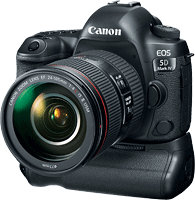Canon News has uncovered a patent showing how to increase dynamic range using DPAF equipped sensors.
Here’s a breakdown of Canon Japan Patent Application 2019-129491:
The basic idea is that during read mode, one half of the pixel is amplified at one level, and the other half is amplified at another level. reading the two simultaneously and processing can increase the dynamic range of the sensor. Basically dual ISO.
It should be noted that the patent does mention in-vehicle sensors, but can also be applied to any other type of sensor as well.
Continue reading...

